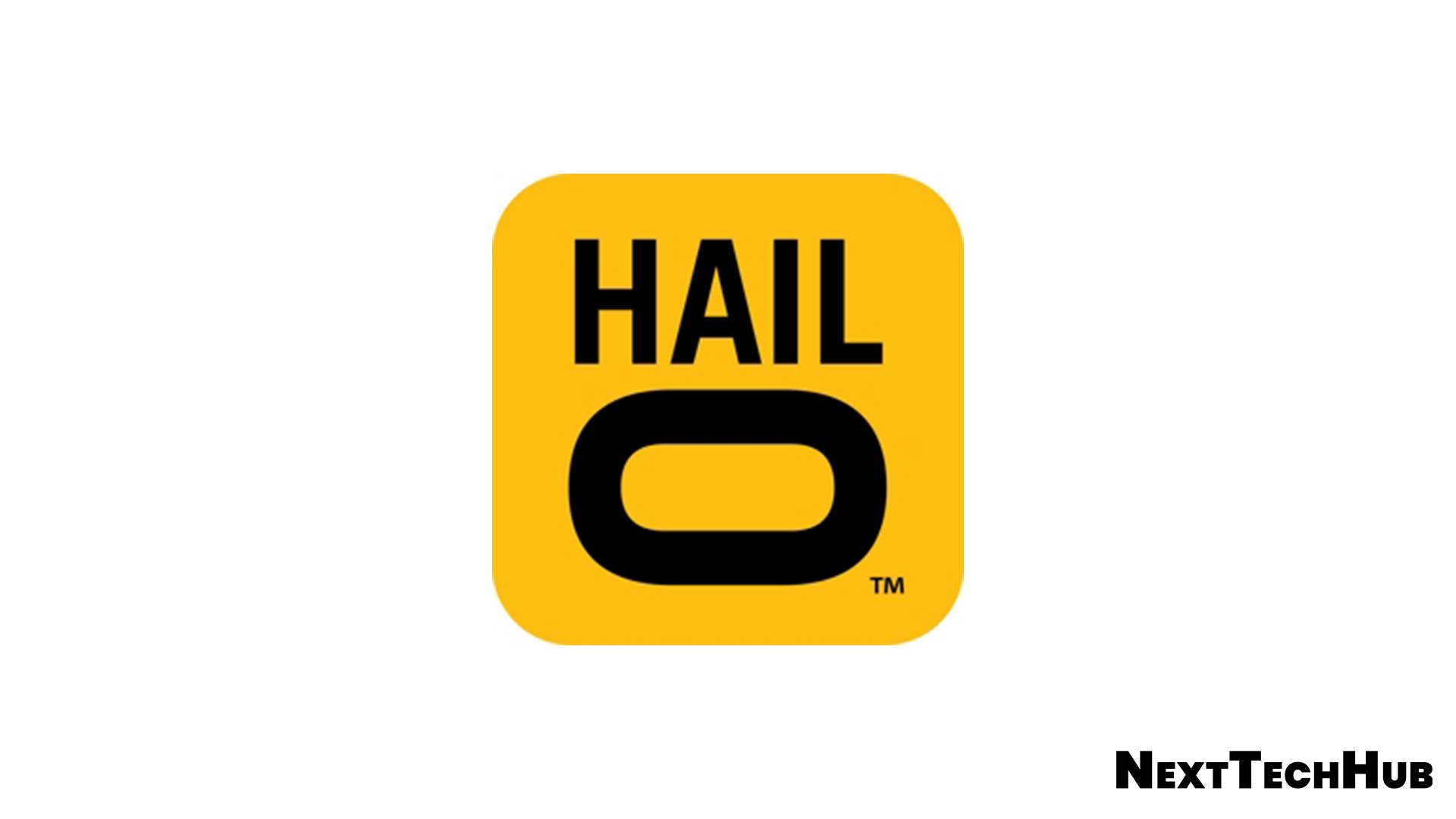There was a time when moving from one place to another was time-consuming and frustrating. It was just a matter of utility. Public transportation was the only way to reach the destination, most people don’t bother about their comfort, and private vehicles were considered a luxury.
But the scenario has changed entirely with the arrival of Uber in the market. Uber made it easier for people to book the ride with few simple taps on their smartphone.
Now people are not ready to even wait for a movement. They don’t want to compromise with the convenience and comfort. They are happy to have a transportation service, making it easier for them to pick up from their place and drop to a destination where they want to reach.
The growing demand of people for transportation has given rise to ride-hailing app development.
Numerous ride-hailing platforms offer transportation services, making it easier for customers to be picked up and dropped at their desired destination.
The constructive onrush of Smart devices enabled with GPS made ride-hailing platforms mode profitable, efficient, and delightful for riders.

Uber Alternatives: Check the List to Find the Best One!
The transportation market has measured a giant surge during the past year. The ride-hailing market enables customers to call ride-hailing service through GPS satellites and smartphones instantly. Uber & Lyft are two significant players in the transformation sector; Uber has more than 70% of the market, whereas Lyft has around 30% of users in 2020.
Also Read: The Top 10 Business Trends That Will Drive Success In 2020
People in San Francisco spent about 110 U.S. dollars monthly on Uber in 2018. (Source)

More than 78 million riders used Uber to book rides every month. It’s a 42% increase compared to the second quarter of 2020. Uber is a popular ride-hailing app, and its global net revenue jumped and reached around 14.1 billion in 2019.
Approximately 6.9 billion rides were offered through the Uber app; the ride-hailing giant generated about 26 billion U.S. dollars in gross booking worldwide during the first quarter of 2020.
Following Uber’s success, many ride-hailing giants have stepped into the taxi-hailing business and now are giving a tough fight to Uber.
Check the top Uber alternatives list to find how they work to satisfy the market’s growing demand.
Lyft

San Francisco-based Lyft is one of the strongest competitors of Uber. It operates in more than 644 cities in the U.S. and 12 Canadian cities. Lyft is the second-largest ride-hailing platform with more than 30% market share in the U.S. alone after Uber. As the legality in some areas, Lyft has been banned in some areas.
Lyft partnered with Sixt, a rental car brand, to let users access rental cars. Most rental cars are operated and owned by Sixt, which operates its business in more than 85 locations in the United States. The ride-sharing platform gets a commission on each ride booked through its platform. The working strategy and business model of Lyft are quite different than Uber.
The ride-hailing giant checks extra care, especially when it comes to appointing the drivers ensuring passengers that they’re riding safer.
EasyTaxi

EasyTaxi makes it easier for riders to book rides and track the ride in real-time. The ride-hailing app is available in more than 30 countries. Founded in 2011, the Brazilian based ride-sharing platform has gained popularity globally in a short duration of time. It offers its ride-hailing service in 30 countries and 420 cities.
The ride-hailing company reached around 17 million users, and 400,000 taxi drivers are associated with the taxi-hailing network. EasyTaxi lets riders ride with licensed cab drivers and enables someone to track their ride details, ensuring their safety. The rider can prefer to pay through cash or can go for online payment for the booked ride as per their preference.
Hailo

British technological platform matches taxi drivers with riders. Hailo was founded in 2011 and operated in more than 16 cities. Hailo has more than 30,000 registered drivers who have served more than 3 million riders till now.
Hailo merged its ride-hailing service and rebranded its ride-hailing operations under MyTaxi to form the largest ride-hailing operators.
mytaxi was later rebranded to Free Now on July 2, 2019. The ride-hailing platform serves in more than hundreds of European cities, including Dublin, Barcelona, Berlin, London, Paris, and many more.
The platform has made ride-booking quite simple for riders to reach the desired destination on time hassle-free.
GrabTaxi

Singapore based international taxi-hailing platform, Grab is headquartered in Queenstown. GrabTaxi is presently offering its ride-hailing service in Malaysia, Thailand, Japan, etc., through a mobility platform.
It has gained massive popularity among the users in less time and grabbed their attention as a financial juggernaut, transportation, and food delivery platform.
The ride-sharing platform offers its service in more than 500 cities across Malaysia, Indonesia, Myanmar, Vietnam, and many more. Drivers follow a strict pre-screening process before providing their service to customers. Looking to Grab’s success, many ride-hailing businesses have stepped ahead to build a platform similar to it.
And eber by elluminati inc is a pocket-friendly option to launch your ride-hailing business online. Advanced features and an easy-to-use interface makes it easier for you to manage and control every activity efficiently through a one-stop solution.
Cabify

Spanish based Cabify provides vehicles for hire service through a mobile platform. Self-employed service providers drive the cars. Cabify provides two different services, one for individuals and the second for businesses. The ride-hailing platform has raised about $304 million from investment funds.
The platform enables riders to book rides through the app; it follows a straightforward rate system, ensuring their riders don’t have to pay more for the ride.
The mobility platform has made it easier for customers to book the ride in time. The cool benefits of the ride-hailing platform have made it popular among users globally.
Summing It Up
The list of Uber alternatives doesn’t end here. There are many more which users can consider using to travel from one point to another.
Download the app to leverage the benefits of the ride-hailing platform. You can book the ride through a simple tap on the ride-hailing platform, and the driver will pick you up from the platform and drop you at the destination in a short time.
Also Read: Sales-Boosting Website Design Tips You Can Implement Now
Author bio: Deep Moteria
Deep is a serial entrepreneur and blogger who wishes to support the ground transportation industries with his writings. He covers up all the known and unknown facts around the industry and puts them together to create trending articles across different websites.
He also includes details on the latest trends, fun facts, business expectations, strategies, and models to follow to achieve success in the transportation sector.